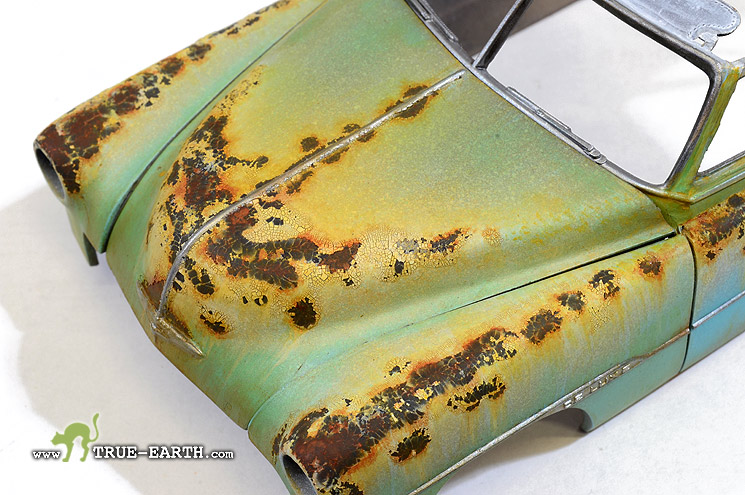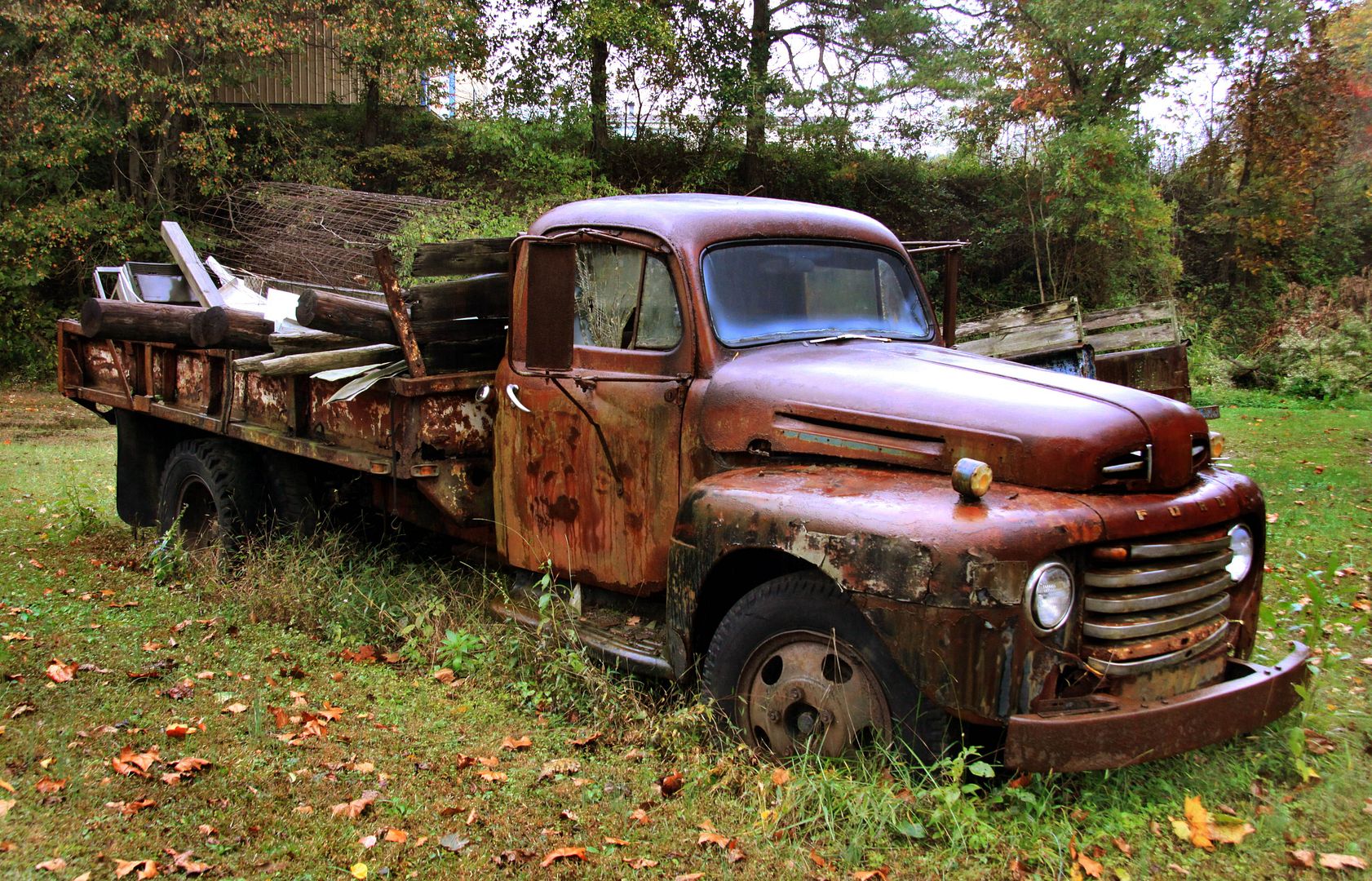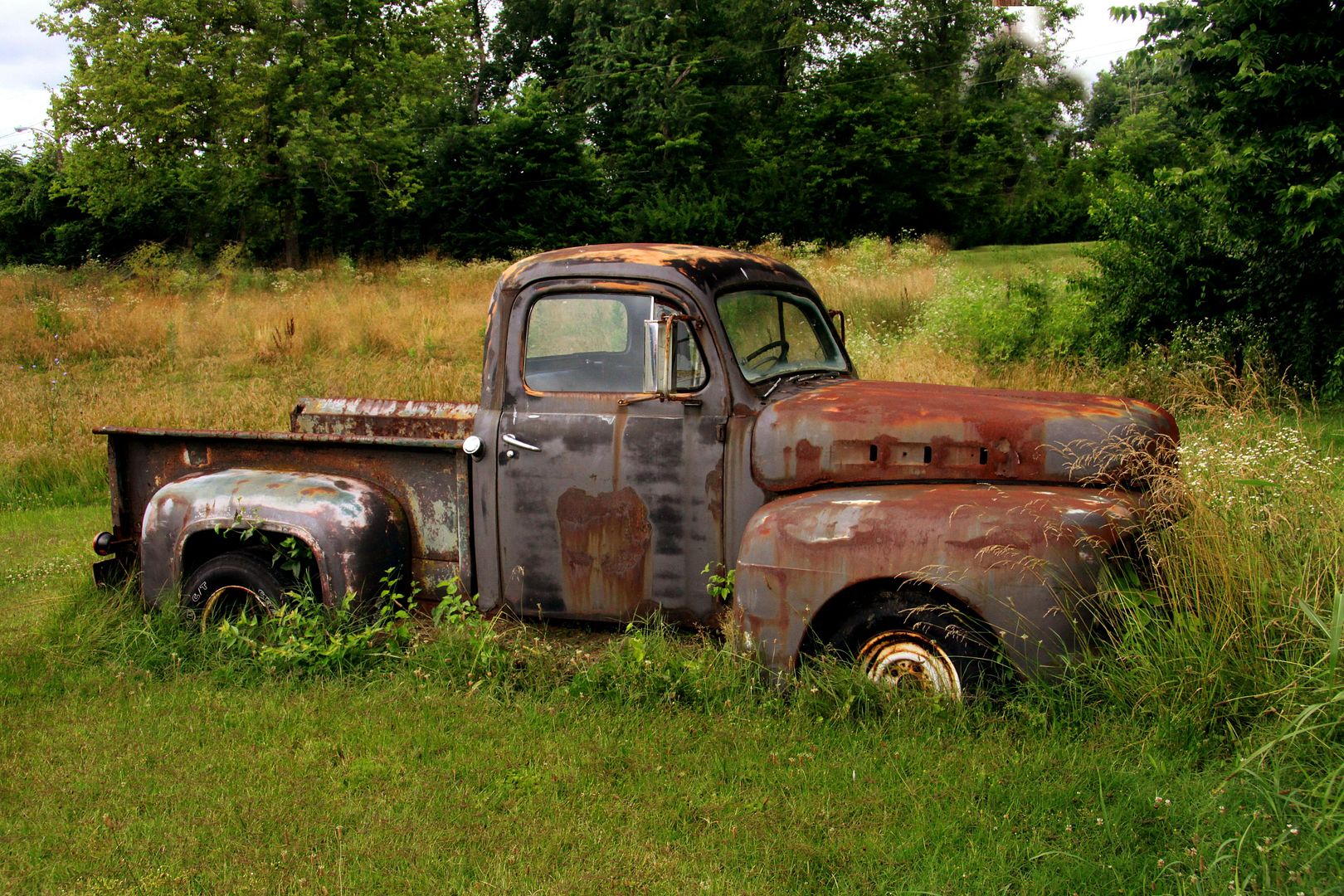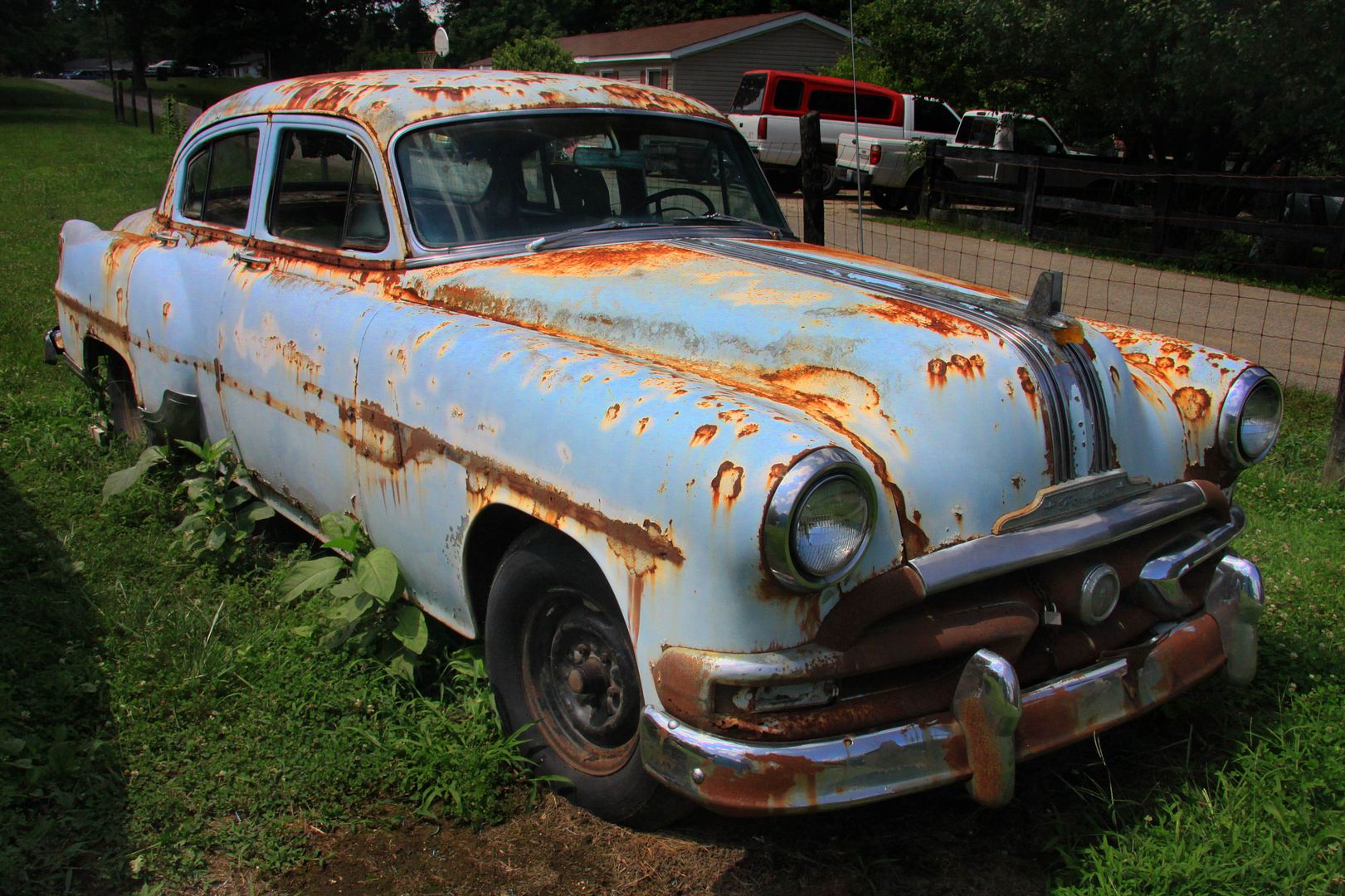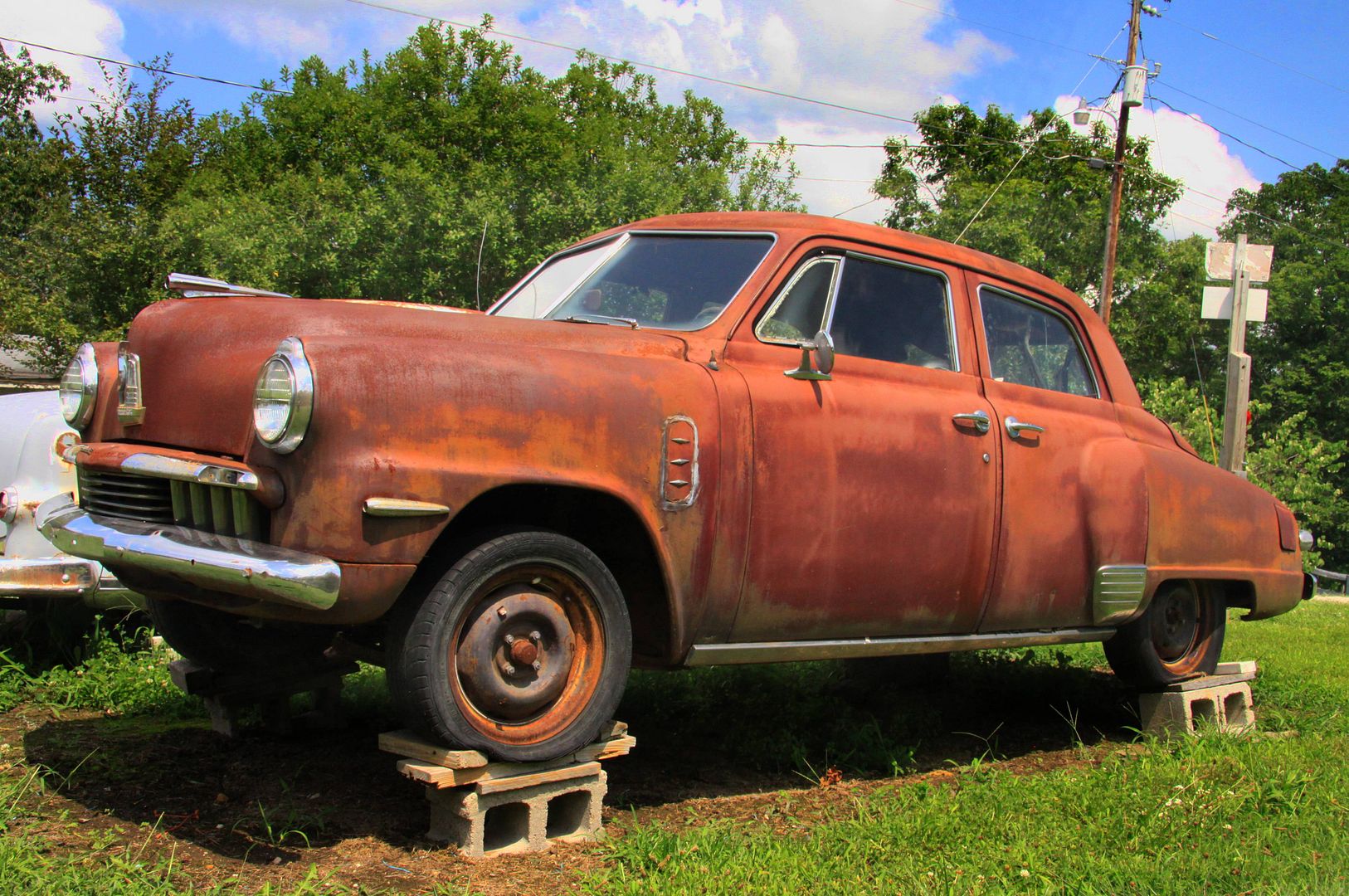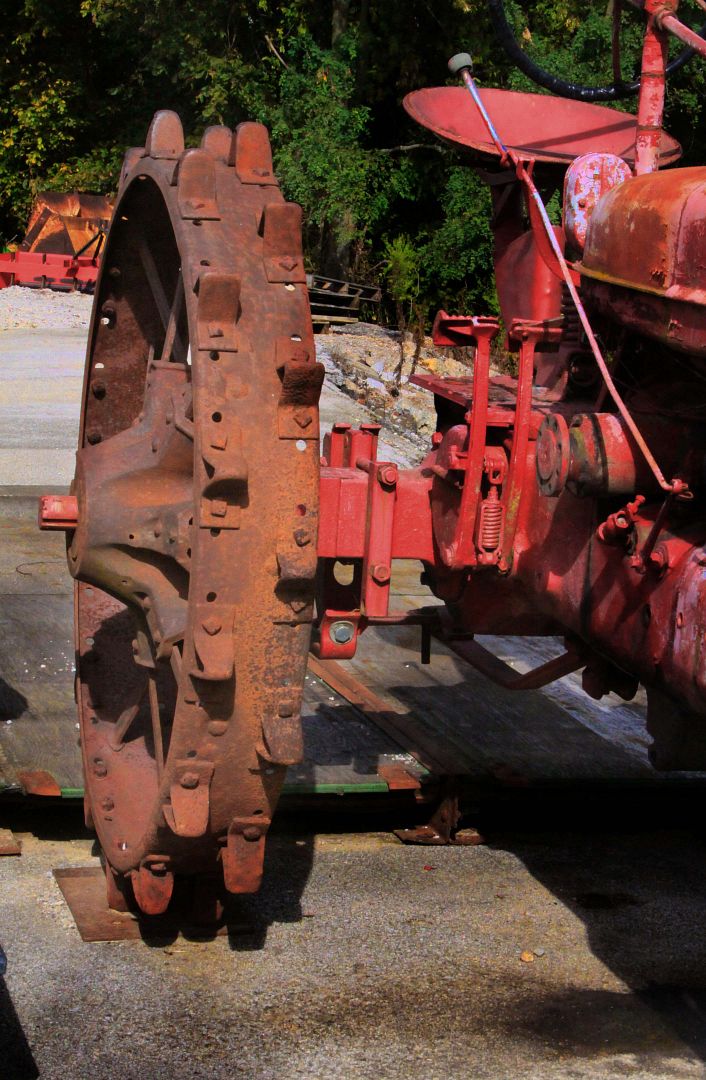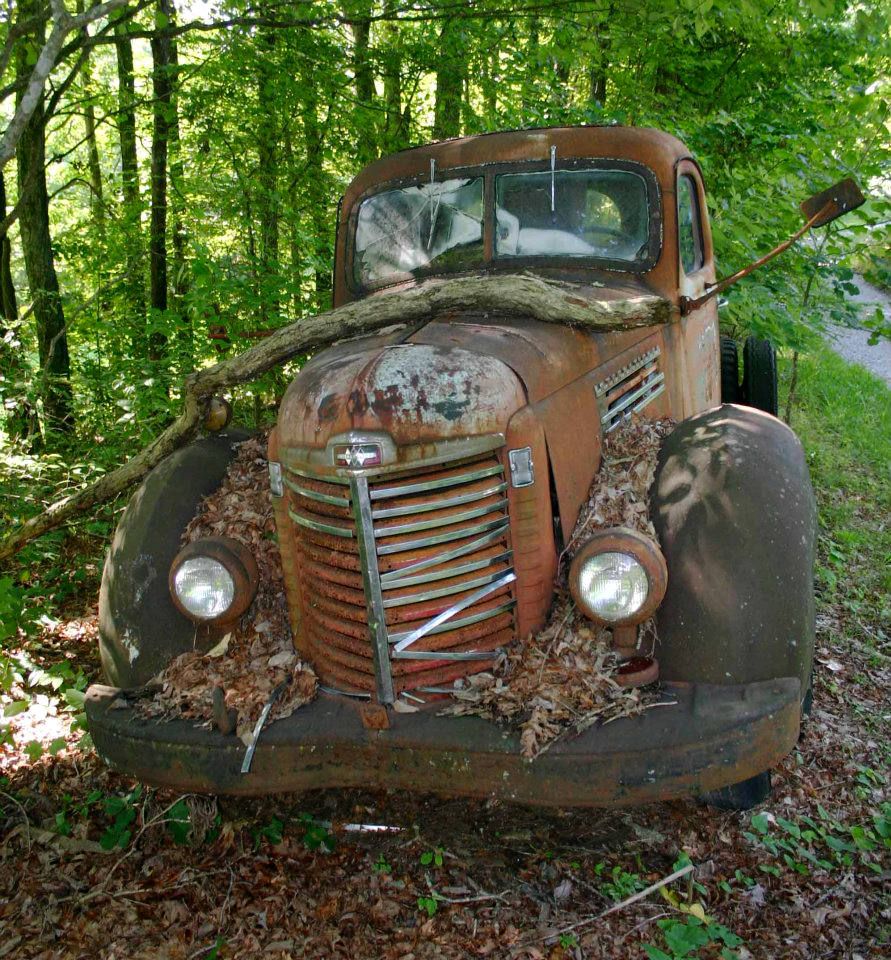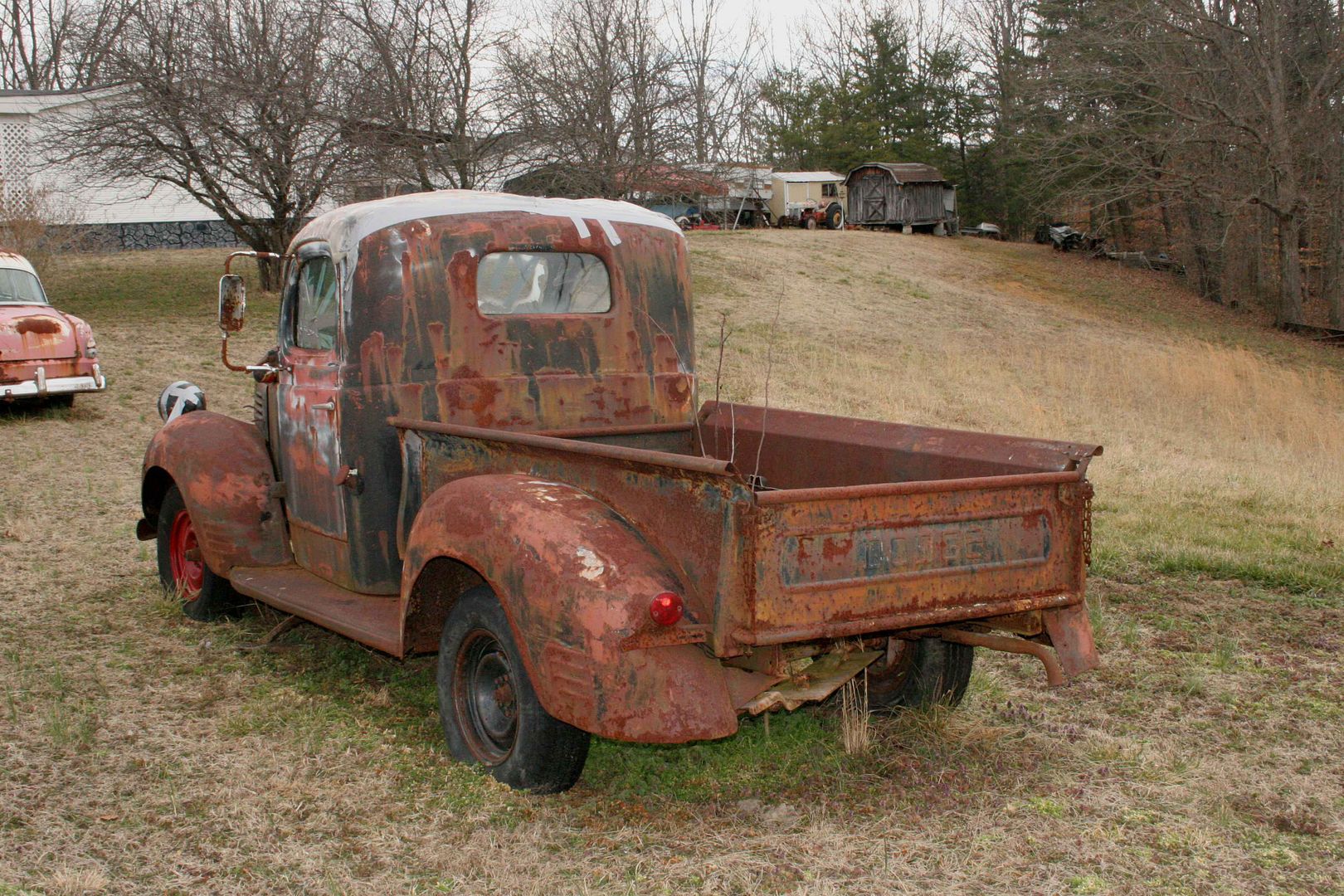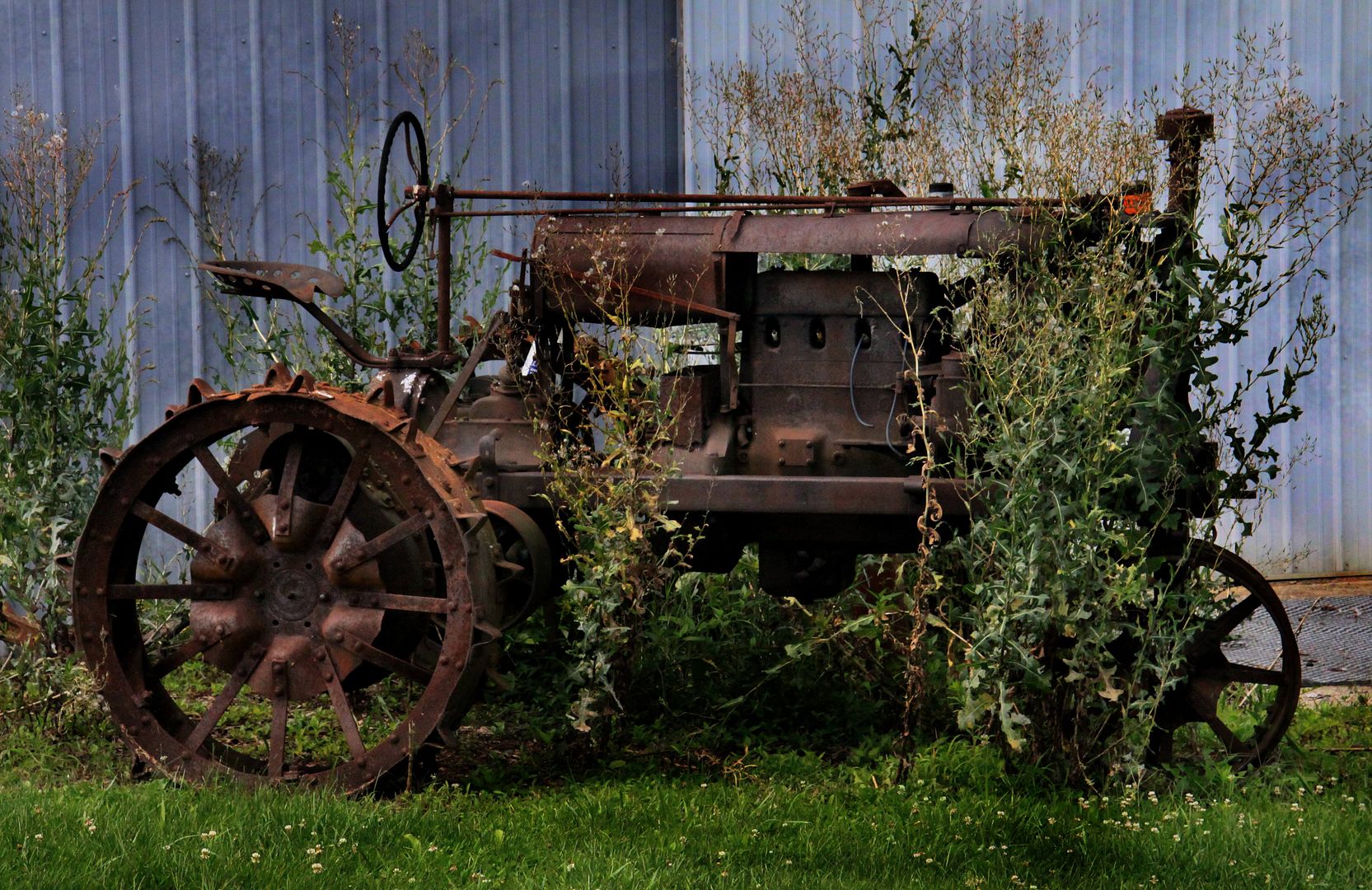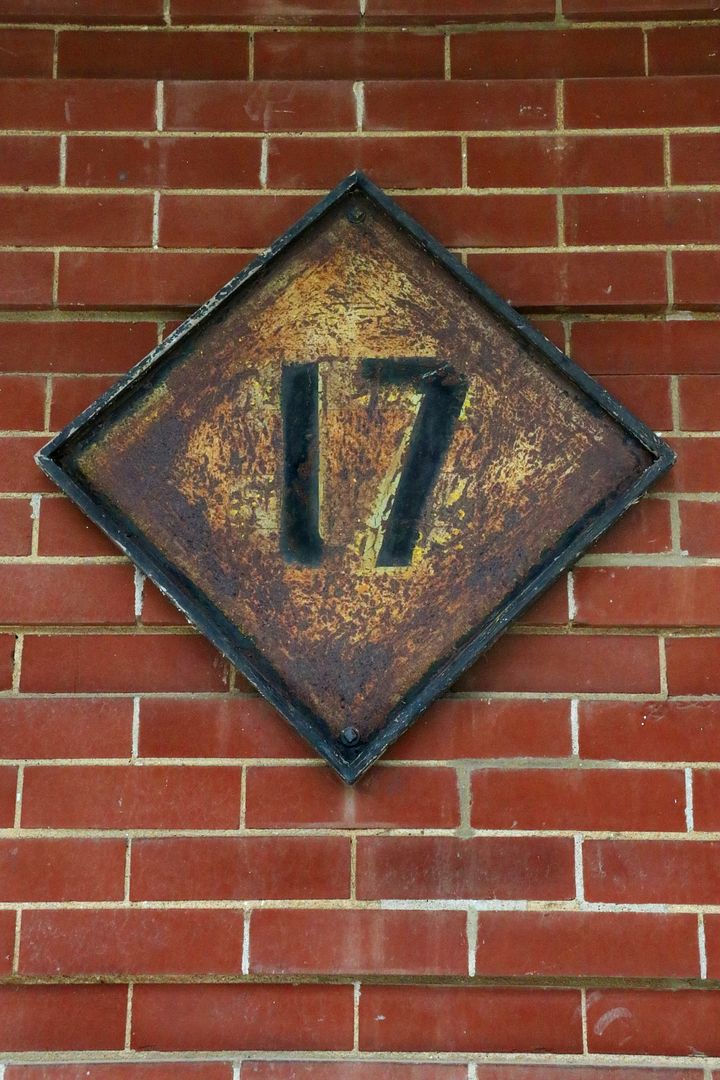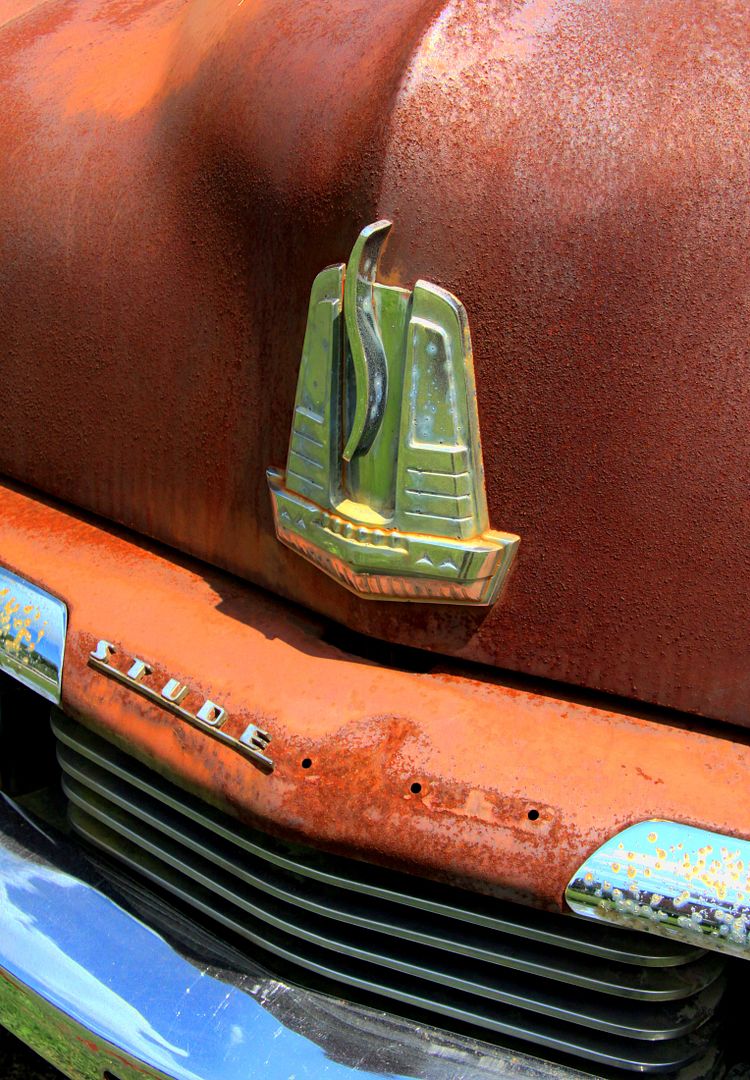Quoted Text
As opposed to other model subjects, I don’t like to weather my automotive models much if at all. I prefer to view them as “showroom ready”. However there is one area on car models I always “weather”— the tires around the tread. Even showroom ready cars have some form of wear “where the rubber meets the road” so to speak. My favorite technique for vinyl or rubber is to use a bit of sandpaper or a sanding stick around the tread surface. If it’s a plastic tire, I like to use a slightly darker or lighter shade of “brown rubber”, “charcoal gray” or “dark gray” airbrushed around the tread portion of the tire, with a black wash in the treads. This really makes the tires “pop”. An alternative method is to carefully “dry brush” these colors on. I’ve tried pigments as well, but find they are more difficult to control.
VR, Russ
Hi, Russ and everyone else!

Re: The Tires, (Tyres), and just a little bit more about weathering them- Here is one area which many modelers tend to overlook. I've also noticed that many modelers will not pay much attention to the way that Tires tend to pick up road-dirt, mud, etc. Your next opportunity when you're outside, take a look at the Tires' Tread-patterns on a relatively "clean" car. You'll notice that dirt/dried mud/muck has collected INSIDE the Tire Tread, i.e, INSIDE the wells of the Tread and in the various Sipes which are associated with the Tires' Tread, as well.
What I like to do to replicate this, is to flow a mud or dirt-colored "pin-wash" INTO the Tires' Tread Patterns, and then "follow-up" by dry-brushing with a dirty "Rubber"-color on the surfaces of the Tires' Tread where they come into contact with road surfaces- I do this, because as will be seen on actual 1:1 Tires, the FRICTION between the Tires and the Road Surface will have worn much of the dirt/mud/muck off of the raised portions of the Tires' Tread-pattern.
Go ahead, take a look at real vehicles, and you'll find that I'm right in many cases; not ALL, but many. Wheeled construction and work-trucks (lorries) are great examples with which to observe the "look" of dirt, mud and muck and how this detritus collects and appears all over these vehicles, and how it appears on their respective Tires. You'll find that your best friend in collecting "realistic" examples of weathering on 1:1 motor vehicles, is your camera...
Note that this would be contingent upon the WEATHER, and the road's surface- A wet, muddy road will necessarily coat the Tires and surrounding areas, (Fenders, Quarter-panels, body sides, Fender Wells, etc) with a good deal of the road's mud and muck, right? Dry-brushing the dirty "Rubber"-color onto the Tires' Tread, would obviously not be required in this case. Weather-wise, dry, dusty conditions will also impart a completely different appearance on the vehicles' Tires and their surrounding areas...














